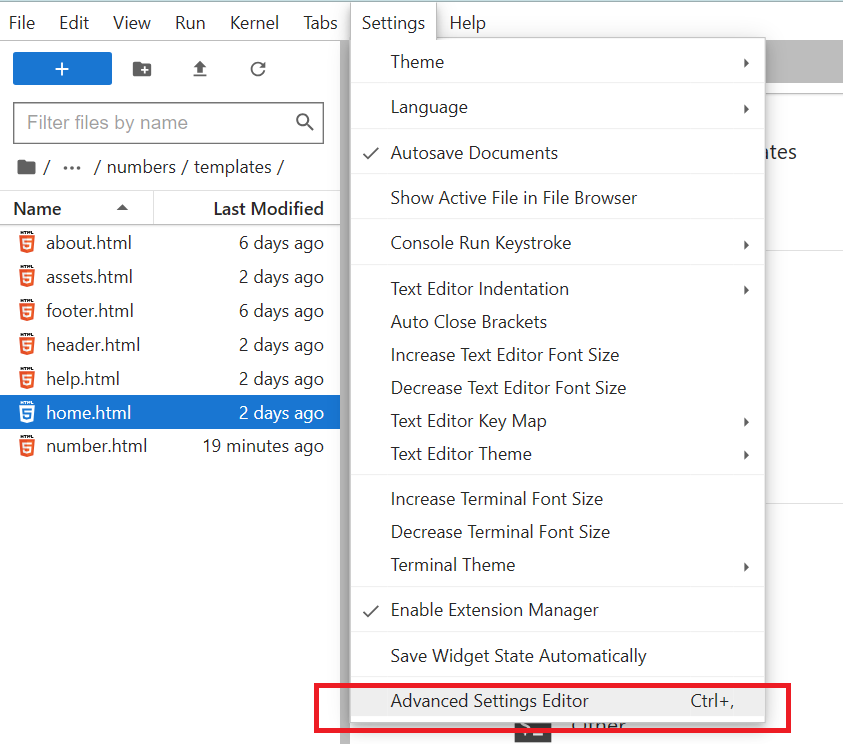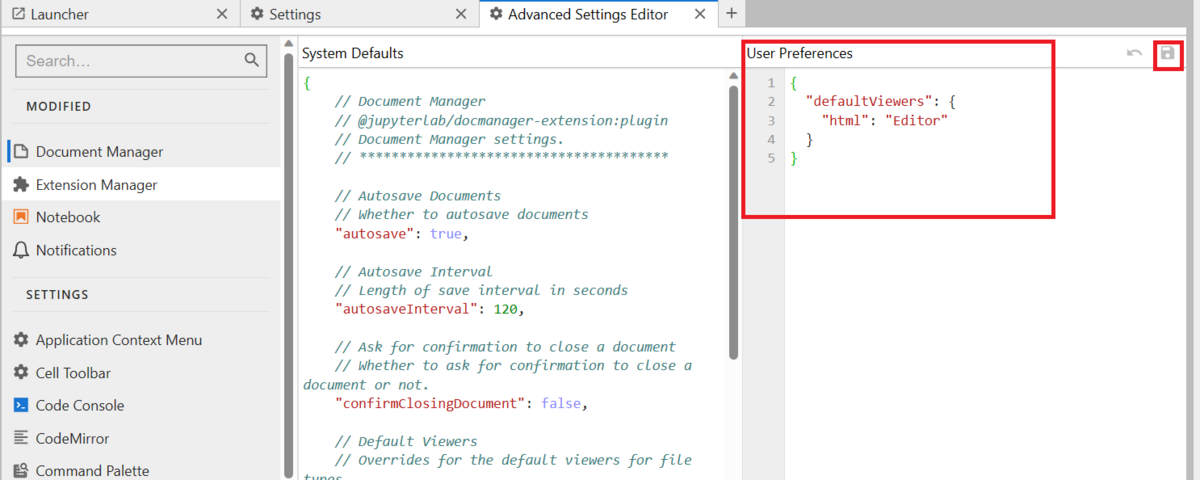Jupyter lab / notebook 上で、GUIで画像のフォーマット変換&リサイズを行うPythonコードです。たまに画像を扱う際、Jupyter lab / notebook の操作画面からできるだけ離れたくない場合などに使う想定です。
コード:
import ipywidgets as widgets
from IPython.display import display
from PIL import Image
import io
import os
from ipyfilechooser import FileChooser
def resize_image(file, output_format, scale_percent):
img = Image.open(file)
width, height = img.size
new_width = int(width * scale_percent / 100)
new_height = int(height * scale_percent / 100)
resized_img = img.resize((new_width, new_height))
output_buffer = io.BytesIO()
resized_img.save(output_buffer, format=output_format)
return output_buffer.getvalue(), new_width, new_height
def image_resize_app(file_content, output_format, scale_percent):
try:
image_data, new_width, new_height = resize_image(io.BytesIO(file_content), output_format, scale_percent)
img_widget = widgets.Image(value=image_data, format=output_format, width=new_width, height=new_height)
display(img_widget)
# Save the resized image
file_path = file_selector.selected
file_name, file_ext = os.path.splitext(os.path.basename(file_path))
output_file_name = f"{file_name}_new.{output_format}"
with open(output_file_name, 'wb') as output_file:
output_file.write(image_data)
print(f"Resized image saved as: {output_file_name}")
except Exception as e:
print("Error occurred:", e)
file_selector = FileChooser()
output_format_selector = widgets.Dropdown(
options=['png', 'jpg', 'bmp', 'gif'],
value='png',
description='Output Format:'
)
scale_percent_slider = widgets.IntSlider(
value=100,
min=1,
max=100,
step=1,
description='Scale Percent:'
)
resize_button = widgets.Button(description="Resize & Save Image")
def on_resize_button_clicked(b):
with output:
output.clear_output()
if file_selector.selected:
file_path = file_selector.selected
with open(file_path, 'rb') as file:
file_content = file.read()
output_format = output_format_selector.value
scale_percent = scale_percent_slider.value
image_resize_app(file_content, output_format, scale_percent)
else:
print("Please select an image file.")
resize_button.on_click(on_resize_button_clicked)
output = widgets.Output()
display(file_selector, output_format_selector, scale_percent_slider, resize_button, output)
結果:
以下のように成功しました。サンプルとして犬の大きなjpg画像を、15%にリサイズしたgif画像に変換してます。

最初の表示

画像の選択

変換&リサイズ後








